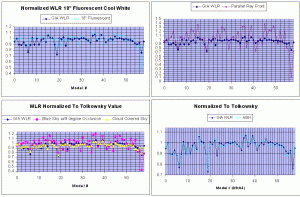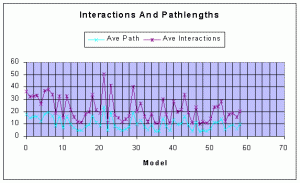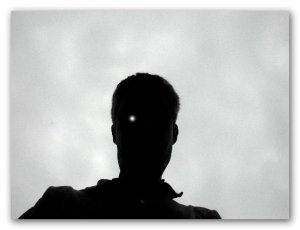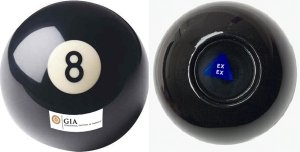- Joined
- Feb 26, 2003
- Messages
- 379
On the issue of spread, which is the diamond''s apparant size ( diameter for a given weight.)
re: But would you pay top dollar for Jonathan’s example steep/deep stone?
The only valid reason to down grade it is if these proportions combined with girdle thickness and table size result in a cut that does not “spread” sufficiently. Spread (apparent size) is another criteria for Ideal or Excellent, separate from optical performance. Michael Cowing
Michael Cowing
www.acagemlab.com
re: But would you pay top dollar for Jonathan’s example steep/deep stone?
May be I will pay 95-100% I see only one objective reason for discount now. It is spread. Sergey Sivovolenko
The only valid reason to down grade it is if these proportions combined with girdle thickness and table size result in a cut that does not “spread” sufficiently. Spread (apparent size) is another criteria for Ideal or Excellent, separate from optical performance. Michael Cowing
Michael Cowing
www.acagemlab.com










300x240.png)